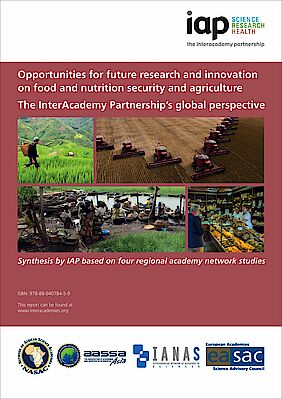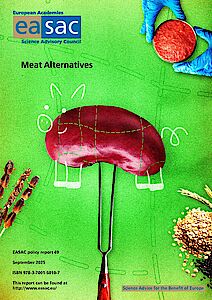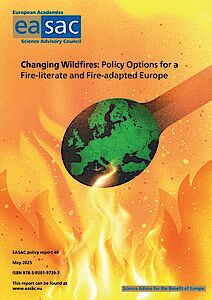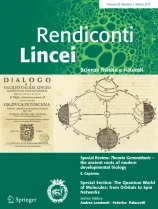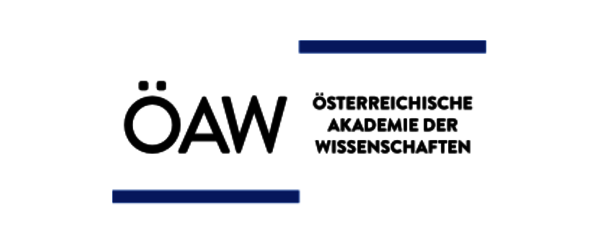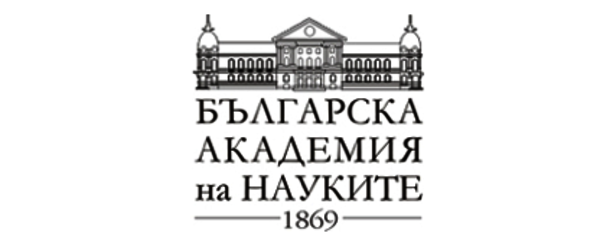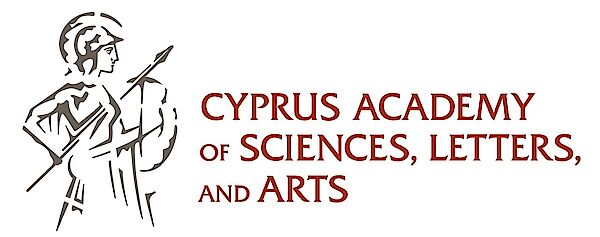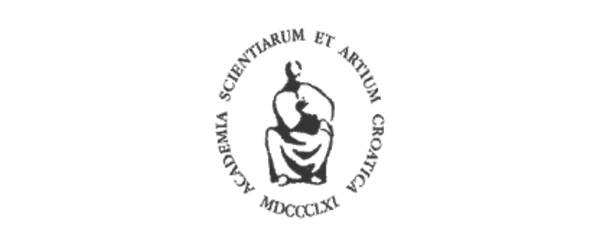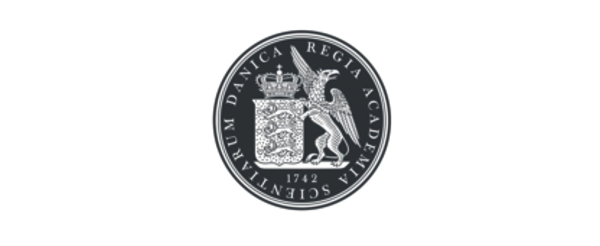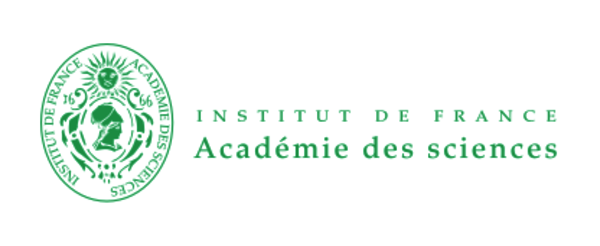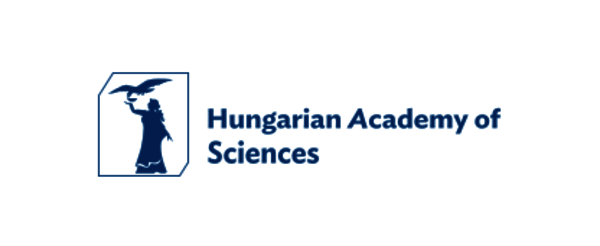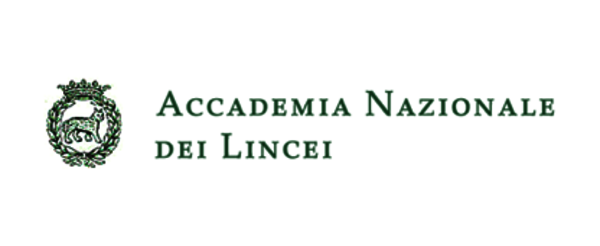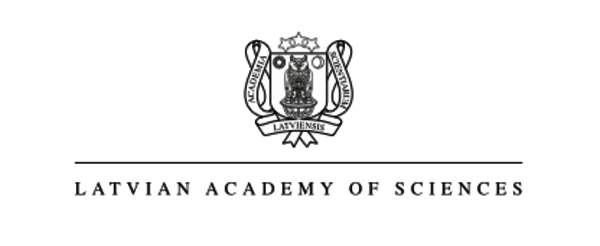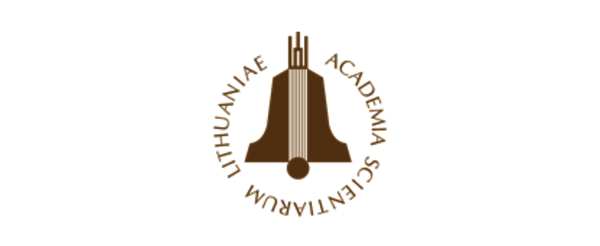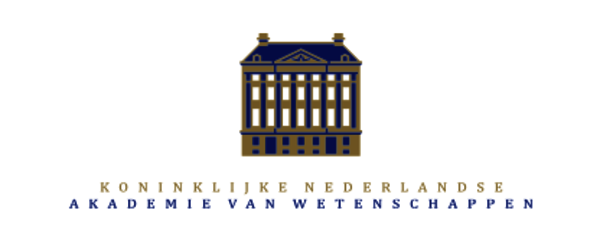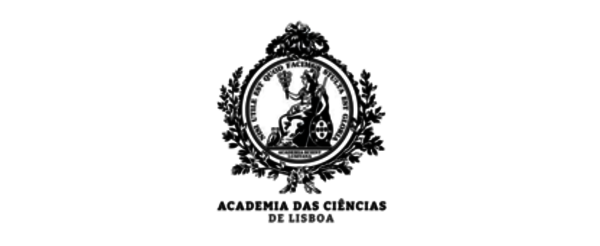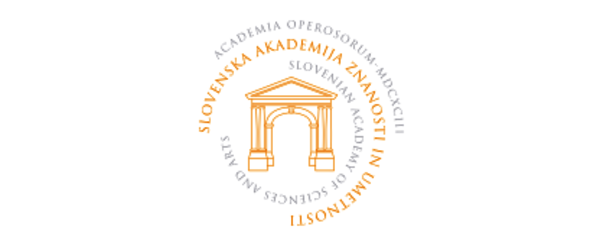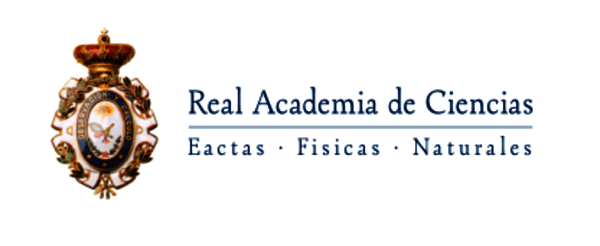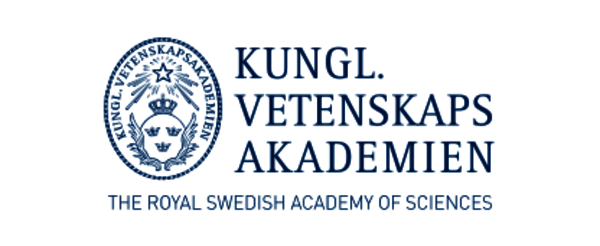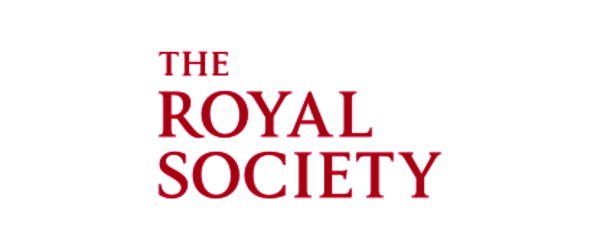Publications
Opportunities for future research and innovation on food and nutrition security and agriculture
Synthesis by IAP based on four regional academy network studies
All countries face the problem of combatting malnutrition in its various forms: undernutrition and micronutrient deficiencies as well as overweight and obesity. The scale and nature of these problems of course differ across countries and their populations. Latest data from the United Nations indicate worrying trends in global food and nutrition security that must be tackled. Science has the potential to find sustainable solutions for national and global food systems relating to the complex interplay of issues spanning health, nutrition, agriculture, climate change, ecology and human behaviour.
Project design and purpose
With this report, global academies of sciences are expressing their concern about adverse tendencies in food, nutrition and agriculture, and identify science-based initiatives that could contribute to solutions. Academies of science have a substantial history of interest and achievement in these areas. The academies also took note of important other food and agriculture strategy and assessment papers. The present work by the InterAcademy Partnership (IAP), the global network of science academies, brings together established regional networks of academies, forming a new collaboration to ensure that the voice of science is heard in addressing societal priorities. The added value aimed for with this academies’ programme is to bring the science power of academies to focus on the protracted food, nutrition and agriculture issues. This seems increasingly called for as basic science – well represented in academies – becomes more and more relevant and integrated with applied problem-solving science in nutrition, food and agriculture. Another contribution is the emphasis on food systems and in that context a significant emphasis on health of people and the environment.
Link to EASAC regional report as well as to the African, American and Asian perspectives.
back to overview
